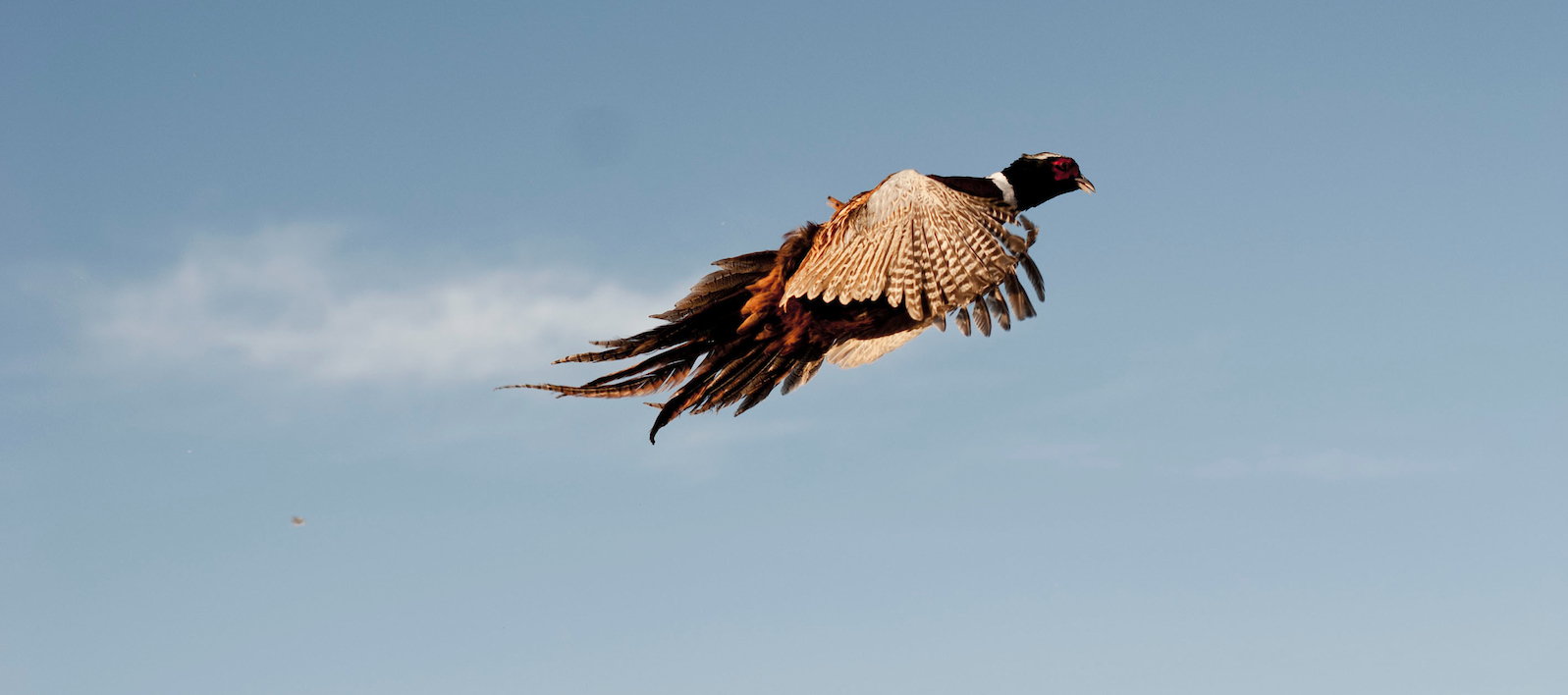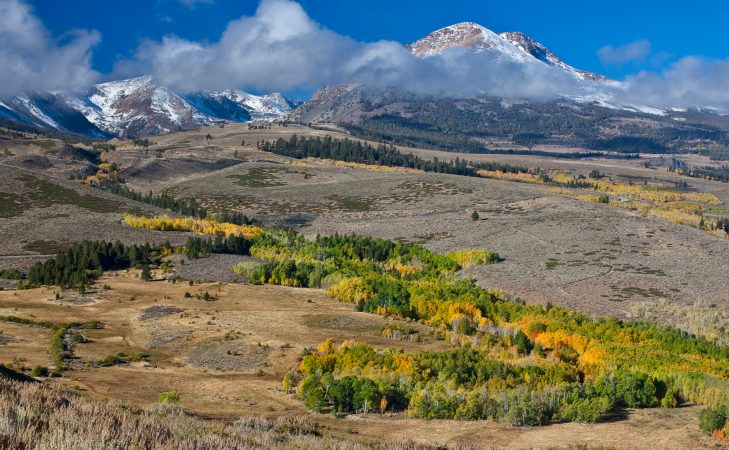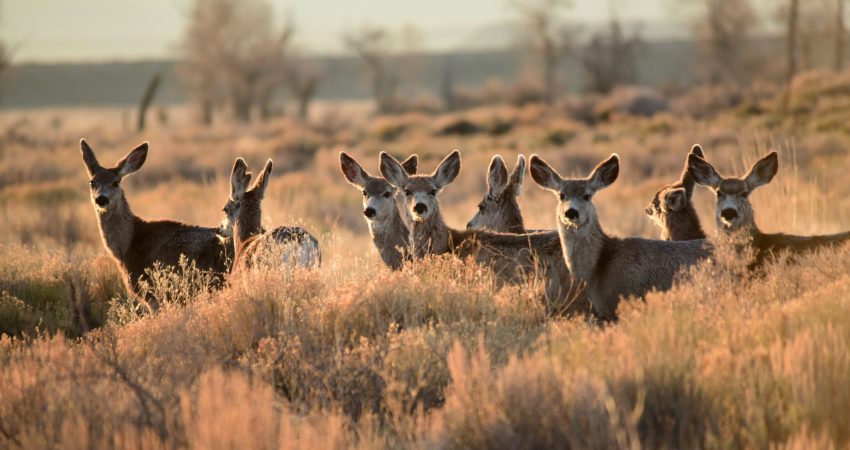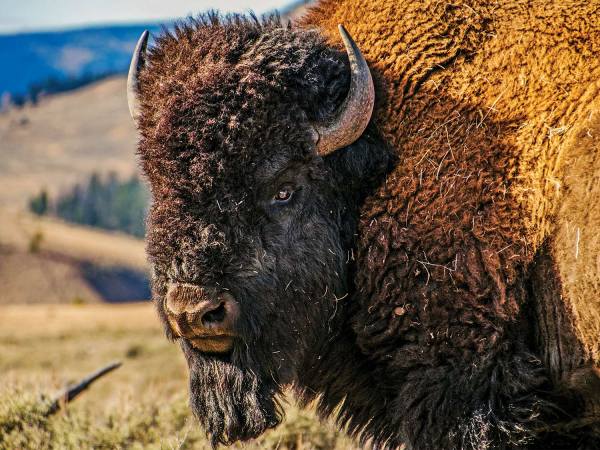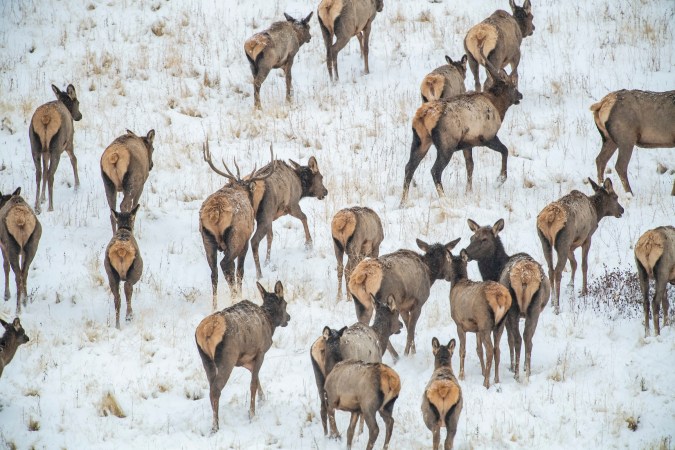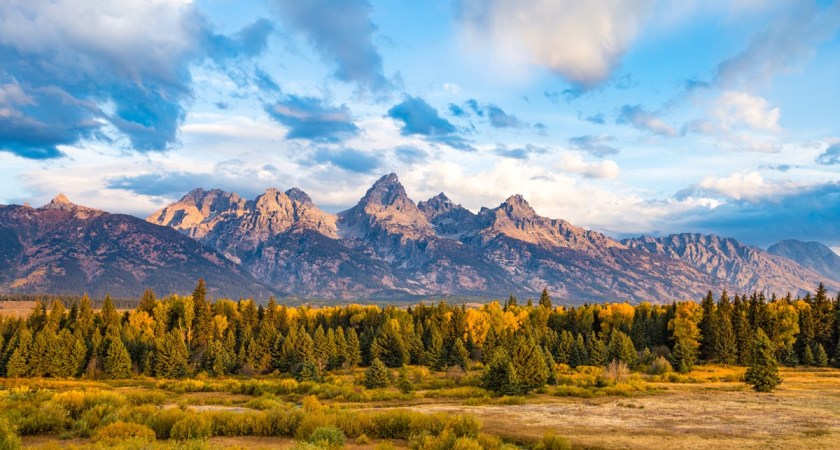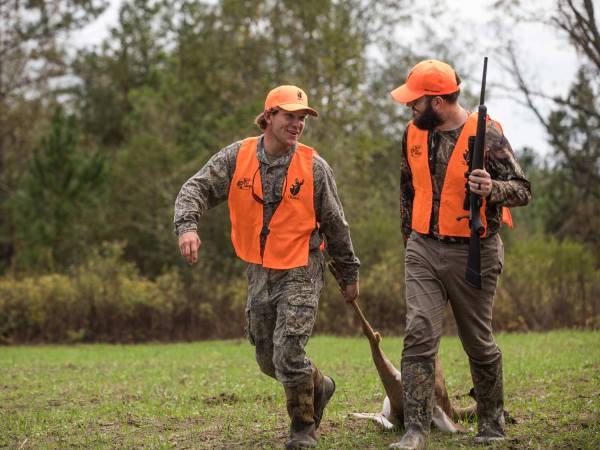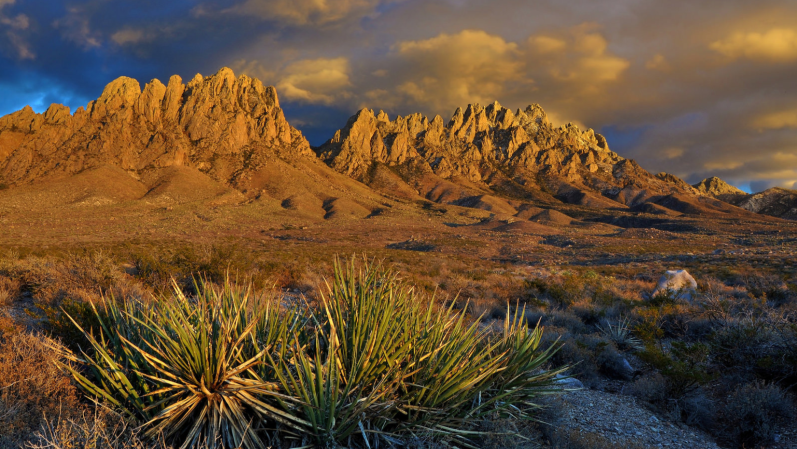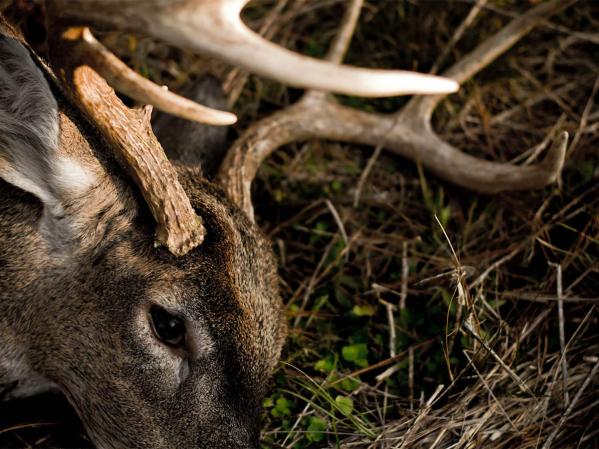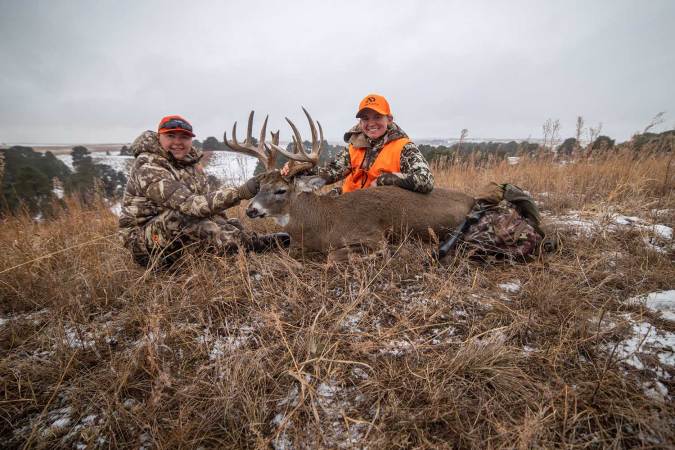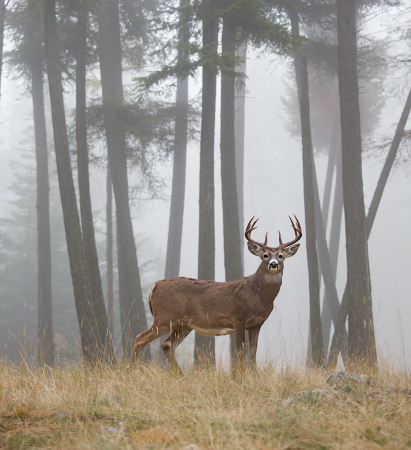Hunters and anglers who care about access to the outdoors and healthy fish and wildlife habitat should be pleased with the Farm Bill that finally cleared Congress this week.
“This is a very good bill, especially when you consider where it was pointing a few months ago,” said Alex Maggos, the director of agriculture and private lands for the Theodore Roosevelt Conservation Partnership.
Earlier drafts of the bill threatened to slash conservation by $1 billion. But sportsmen groups and conservationists fought back hard and conservation programs fared better in the final negotiations.
The Farm Bill is an enormous and sweeping piece of legislation (It is projected to cost $867 billion over a decade). It sets the agriculture policy for the country, but also touches on a host of other issues from food stamps to conservation. It’s particularly important for hunters and anglers since private farms and forestry provides habitat for pheasant, whitetail deer, and other popular game species.
“The Farm Bill is one of the largest single sources of conservation spending in the federal budget and it represents the single largest federal investment in private-lands conservation, so it is easy to see why it is so important,” stated Paul Phillips, also a co-chairman of the Boone & Crockett Club’s Conservation Policy Committee.
Here are some highlights:
The Farm Bill supports incentives for wildlife habitat improvements on active farmland, under the Environmental Quality Incentives Program, which is getting a $275 million-per-year boost.
The Voluntary Public Access program, saw a $10 million jump, from $40 million to $50 million. The program creates incentives for landowners to provide public access to their land for hunting, fishing, and other outdoor recreation.
The program providing incentives for easements protecting wetland conservation and restoration increased by $200 million per year. Wetlands are important for waterfowl, of course, but also serve as habitat for a broad variety of wildlife and act as filters that keep rivers clean.
Many upland bird hunters keep a close eye on Conservation Reserve Program, which provides farmers with incentives to not till highly erosive soils on low production ground. This prevents soil erosion, but also provides grassy nesting and hiding cover for upland birds. The amount of acreage allowed in the CRP program went up 3 million acres from 24 million acres to 27 million acres. Still, that figure is below levels from a few years ago and the amount paid to farmers per acre remained low. CRP peaked at 37 million acres in 2007.
“The acreage for CRP is still below recent levels, but we consider this a step in the right direction,” said Maggos.
Next, the bill must be signed into law by President Trump.
